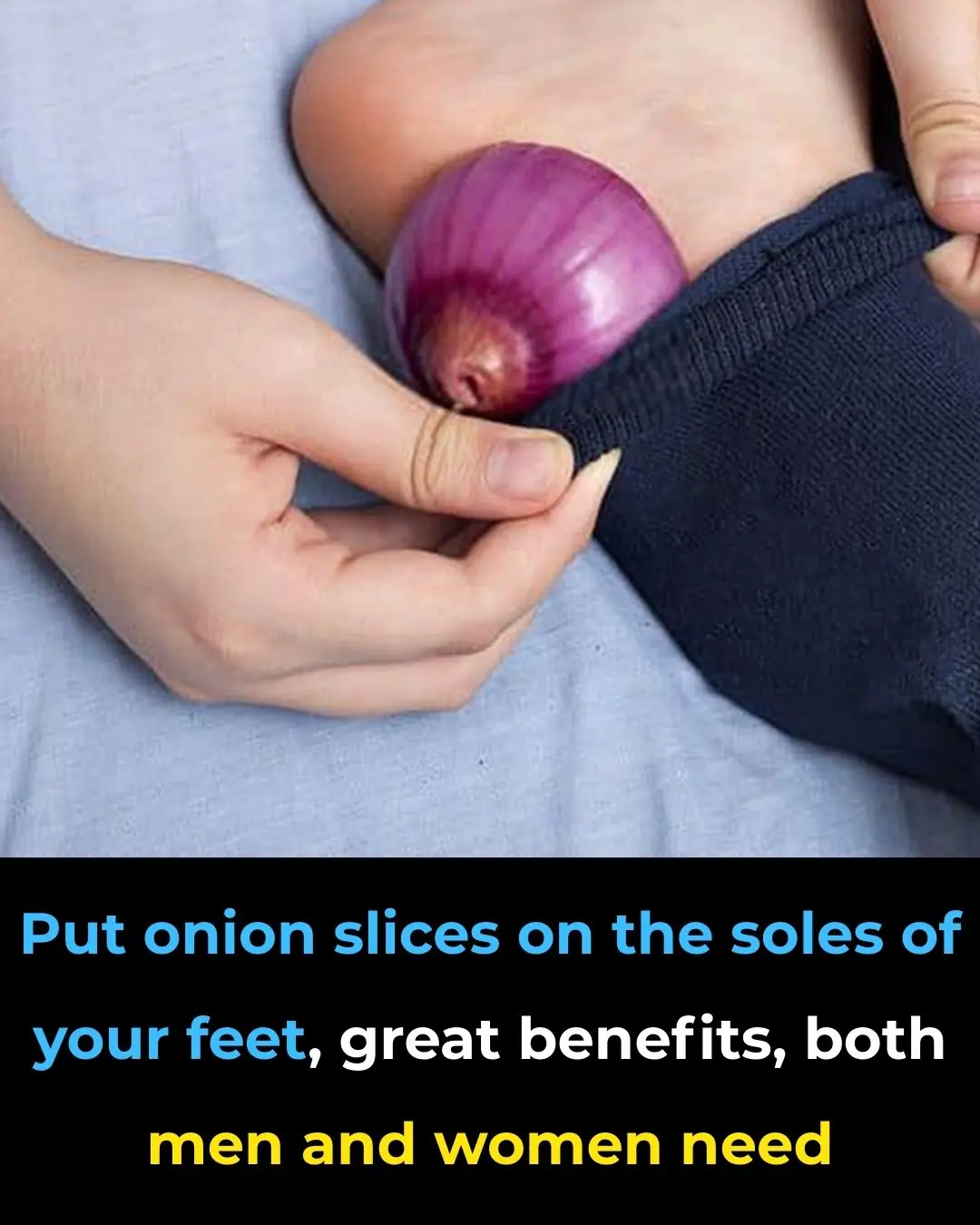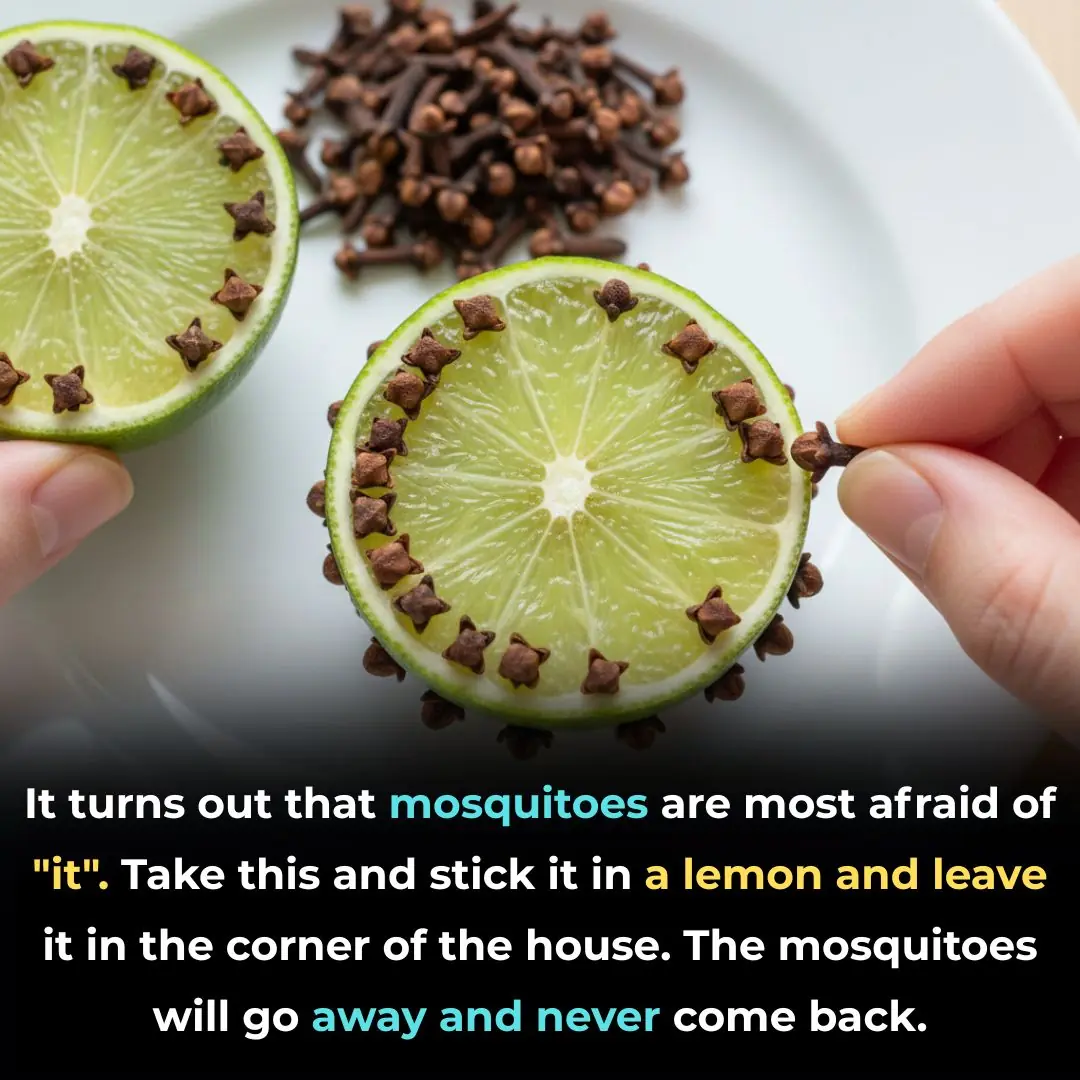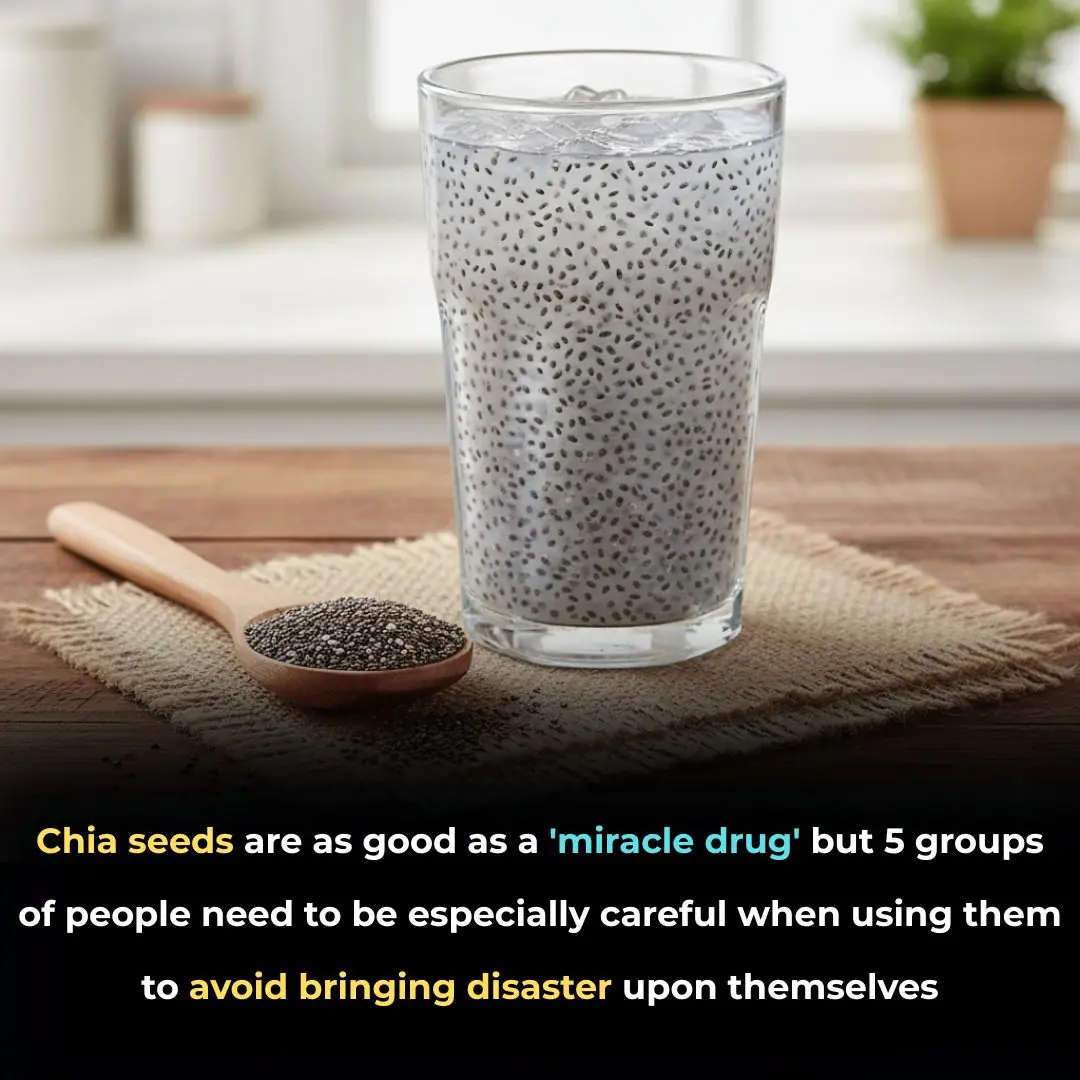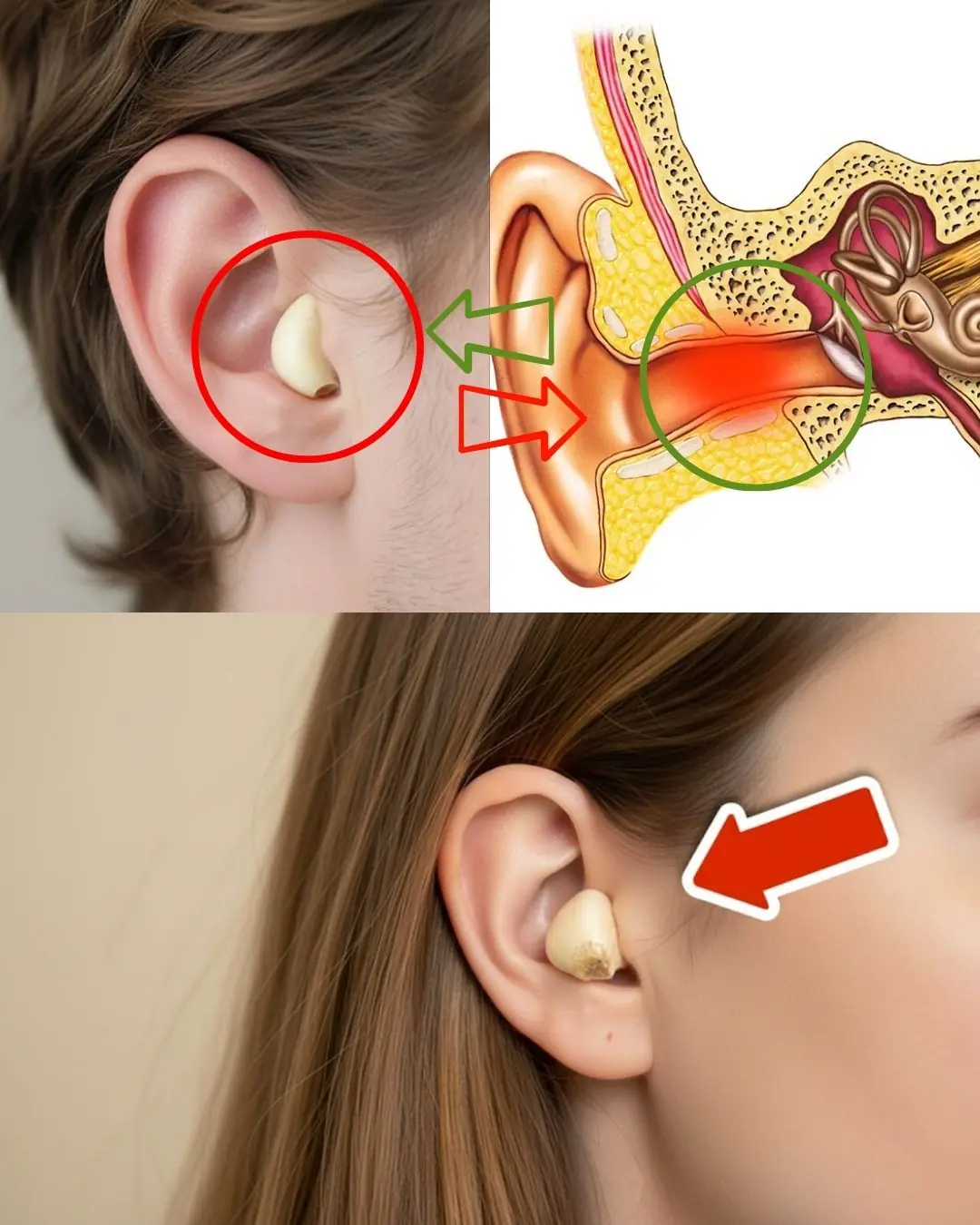
Soak the stem with this water. When cooked, it will still be crispy and delicious, and will not cause itching

How to Cook Colocasia Stems (Dọc Mùng) Without Causing Itchiness
To prepare colocasia stems (commonly called dọc mùng in Northern Vietnam and bạc hà or môn bạc hà in the South) without causing itchiness, you need to pay special attention to the pre-processing stage.
Dọc mùng is a popular ingredient in Vietnamese cuisine, often used in soups, hotpots, stir-fries, or pickled dishes. It has a natural crunch, absorbs flavors easily, and brings a refreshing taste to meals. However, if not handled properly, this vegetable can cause an itchy, stinging sensation on the skin and inside the mouth.
Why does dọc mùng cause itchiness?
The stems naturally contain small amounts of compounds such as alocasin, calcium oxalate, and sapotoxin. Although these substances are not harmful in low concentrations, they can irritate the skin or throat, leading to discomfort. The good news is that thorough preparation and cooking will remove most of these substances, ensuring the stems are safe and enjoyable to eat.
Proper Preparation of Dọc Mùng
-
Peeling the Skin
Before cooking, you must peel off the outer layer. The skin is tough, fibrous, and not pleasant to eat. Moreover, leaving the skin on makes it harder to eliminate the itch-causing compounds.-
Simply use a knife to lightly pull from one end of the stem, and the skin will peel away easily.
-
-
Slicing and Salting
After peeling, cut away the inner curve of the stem (the hollow belly) and slice the stems diagonally into bite-sized pieces. Cutting at an angle not only helps the vegetable retain its crunch but also allows it to soak up seasonings more evenly.-
Sprinkle coarse salt onto the slices and gently knead them with your hands.
-
Add some cold water and continue kneading for a few minutes, then let the stems soak in salted water for about 15 minutes.
-
-
Rinsing and Draining
Rinse the stems thoroughly under running water to remove excess salt and irritants. Wearing gloves during this process is highly recommended to protect your hands. After rinsing several times, squeeze the stems gently to remove excess water. -
Blanching in Boiling Water
Bring a pot of water to a boil, add the stems, and blanch briefly. Once the water returns to a boil, immediately turn off the heat. Remove the stems and rinse them in cold water to preserve their crunchiness. Drain well before using them in your recipe.
Tip: The soaking-in-salt method is the most effective way to neutralize itch-causing compounds. Never skip this step when cooking dọc mùng.
How to Handle Itchy Hands After Touching Dọc Mùng
If you forget to wear gloves and experience itchy hands while preparing dọc mùng, here are some remedies:
-
Sugar Scrub: Rub a small amount of sugar onto your hands, add a few drops of water, and gently massage until the sugar dissolves. Rinse with clean water, and the itch should subside.
-
Heat Method: Warm your hands over gentle heat (like a candle flame or gas stove at a safe distance) until they feel hot. The warmth can help reduce irritation. Be cautious to avoid burns.
-
Prevention is Best: The simplest and safest method is to always wear kitchen gloves during preparation. This way, you can handle dọc mùng comfortably without any risk of skin irritation.
Extra Notes for Better Cooking
-
When adding dọc mùng to soup or hotpot, put it in at the final stage of cooking to maintain its crisp texture.
-
If using it in stir-fries, make sure the stems are well-drained after blanching to avoid excess water diluting your dish.
-
Pickled dọc mùng develops a unique sour flavor and is often enjoyed as a side dish with rice or grilled meats.
✅ By following these steps, you can safely prepare dọc mùng while keeping its natural crunch and delicious taste, without worrying about the unpleasant itch.
News in the same category


Never Eat Eggs With These 6 Foods — A Dangerous Combination for Your Health
By avoiding these six food pairings and choosing the right cooking methods, you can enjoy eggs as a powerhouse of nutrition without compromising your health.

Cut soap and mix with this to put in the corner of the house: Mosquitoes will fly black
With these simple hacks—soap and sugar water, repellent plants, lemon with cloves, and coffee ground smoke—you can protect your home naturally.

5 Fish Parts You Should Never Eat – The #1 “Nutritious” Organ Could Turn Deadly
Fish remains one of nature’s best superfoods—but only when handled the right way.

Pour hot water over the apple, the chemicals will become CLEARLY VISIBLE, the best way to check for poisonous apples.

Using an electric kettle to boil water, 9 out of 10 households make this mistake. Be sure to remind your loved ones to fix it soon.

The 8 most power-hungry devices, consuming twice as much as an air conditioner: Remember to unplug them after use, or your bill will skyrocket.

Life Tip: How to Tell the Difference Between a Real Mirror and a Two-Way Mirror in Fitting Rooms

Why absolutely should not be tilted upside down?

3 habits that silently "poison" the uterus

Tips to clean greasy, yellow pot lids without chemicals: Simple, effective, and time-saving

Clip a piece of paper in the refrigerator: Great use to save a lot of electricity

The effect of stewed chicken feet with black beans is as good as ginseng

Mosquitoes smell these 4 smells, 99% will turn around and run away, natural way to kill mosquitoes that many people don't know

Put ginger next to your pillow when sleeping: A simple secret for good health and sleep

It turns out that mosquitoes are most afraid of "it". Take this and stick it in a lemon and leave it in the corner of the house. The mosquitoes will go away and never come back.

6 types of fruit that help 'cleanse' the uterus, women in their 40s will see the difference immediately when they eat them

Chia seeds are as good as a 'miracle drug' but 5 groups of people need to be especially careful when using them to avoid bringing disaster upon themselves

When cleaning the house, add this to the water
News Post

I Prepared a Cake for My Daughter’s Party, but Something Went Wrong

My Grandson’s Remark About His Stepmom Seemed Small, but It Led Me to a Bigger Discovery

The Power of an Unexpected Apology.

Put onion slices on the soles of your feet, great benefits, both men and women need

The Firefighter and the Mountain Lion.

🧄🧅 Garlic and Onion: The Natural Secret to Better Hearing

Why Its So Important Not To Flush The Toilet After Every Trip

The Boy Who Brought Water to Half a Million Souls.

The Psychological Meaning of Leaving Dirty Dishes

Say Goodbye to Blocked Arteries with These Powerful Foods (Better Than Aspirin!)

What Is the Longest River in the World? Top 5 Longest Rivers

The Monster Waves at Nazare, Portugal

Do Stoned Dolphins Give ‘Puff Puff Pass’ A Whole New Meaning?

Recently Discovered Dinosaur ‘Mummy’ Is So Well-Preserved It Even Has The Skin And Guts Intact

Travel Coast-to-Coast by Train and See America’s Greatest Sites For Just Over $200

Sleepy Polar Bear Portrait Wins the Wildlife Photographer of the Year People’s Choice Award

Oil Infusion For Fast Hair Growth

Most Widely Used High Blood Pressure Drug May Harm Heart Health, Study Shows
